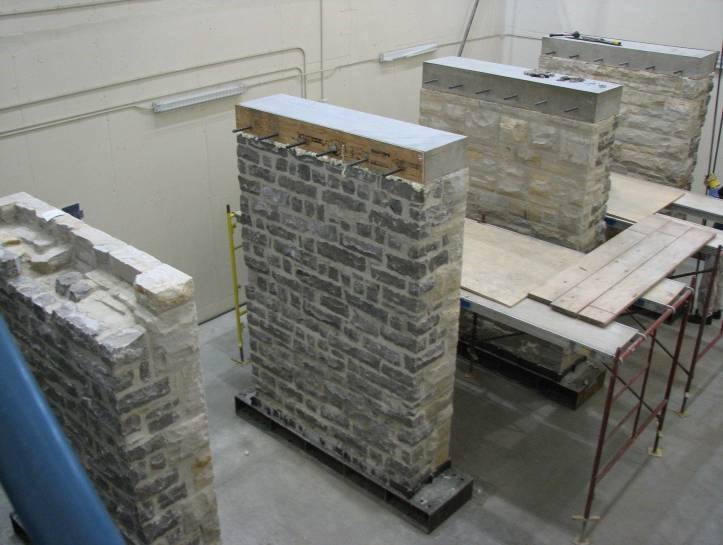M.M. Sorour1, G.A. Parsekian2, D. Duchesne3, J. Paquette3, A. Mufti4, L. Jaeger5, and N.G. Shrive6
- PhD Candidate, Civil Engineering Department, University of Calgary, Canada; Lecturer assistant (on leave) Faculty of Engineering, Cairo University, Cairo, Egypt, msorour@ucalgary.ca
- Federal University of Sao Carlos, Sao Carlos, Sao Paulo, Brazil
- Public Works and Government Services Canada
- Professor, University of Manitoba, Manitoba, Canada
- Professor Emeritus, Dalhousie University, Nova Scotia, Canada
- Killam Memorial Professor, Civil Engineering Department, University of Calgary, Calgary, Canada
ABSTRACT
Historic buildings are part of our cultural heritage and our history: they remind us of the art and ingenuity of our ancestors. Structures built in Canada before the 20th century were neither designed nor constructed to comply with current specifications or expectations for earthquake resistance. However, assessment of their ability to withstand an earthquake is warranted. An experimental programme has been carried out as part of a project to aid with the conservation of historic structures in Canada, specifically the buildings on Parliament Hill. The objective was to identify the static and dynamic mechanical properties of stone masonry walls typical of the buildings on Parliament Hill, Ottawa. This initial programme consisted of the construction and testing of 8 double-wythe stone masonry walls (one wythe of sandstone and the other of limestone). The space between the two wythes was filled with rubble masonry, composed of shards from dressing the stones, smaller stones and mortar. Different cross-wall anchors were used to tie the wythes to evaluate their effect on improving the resistance of the walls against earthquake loading. Out of the 8 walls built, 2 were left plain, 3 were strengthened with Cintec anchors, 1 with Helifix anchors, 1 with Stainless Steel cramps, and one was built with bigger stones from the two wythes overlapping each other in the central rubble space. The walls were subject to in-plane and out-of-plane tests to determine different mechanical properties. The results of the compression tests used to evaluate the Young’s modulus for the walls are presented here along with the analysis to determine the Young’s modulus and discussion of the results.
KEYWORDS: stone masonry, mechanical properties, Young’s modulus, experimental, historic
B1-5



